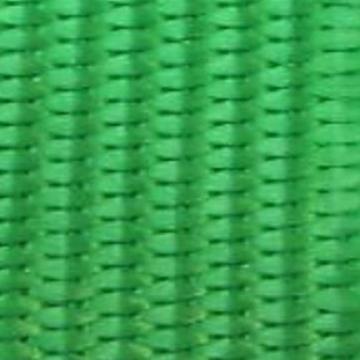- Local: (516) 346-4636
- Toll-Free: (800) 886-6060
- Fax: (516) 346-4366
- Email: kflynn@nationalwebbing.com
When shopping for nylon webbing, it is
important to take the time to investigate the type of weave of the webbing.
Different weave styles endow webbing with different characteristics, which
means that we styles should not be used interchangeably. It is important to
keep in mind that the weaving pattern, the type of yarn, and the warp to weft
proportions lend distinct properties to finished cloth. Below, we want to
highlight some of the most popular nylon webbing weave types.
PLAIN – As the name suggests, this is the most common and simplest weave variant. This weaving method (weft and wrap) yarns get woven into a simplistic crisscross pattern. A plain weave is durable, flat, and it is inexpensive. You can commonly find this weave type in binding applications.
BASKET – This is a variation of the plain weave, but the basket variant is stronger and more flexible than a plain weave. This weave is used in the composite industry because basket woven nylon webbing has a flat type and loose construction.
SATIN – This is considered a complicated weave type because these weaves have a glossy surface that has a dull back. The webbing offers a high luster that comes from the number of floats on the fabrics. It would be best to use a satin weave when softness is an important factor. This weave type is ideal for applications that require high levels of drapability. It is important to keep in mind that this weave is susceptible to abrasion.